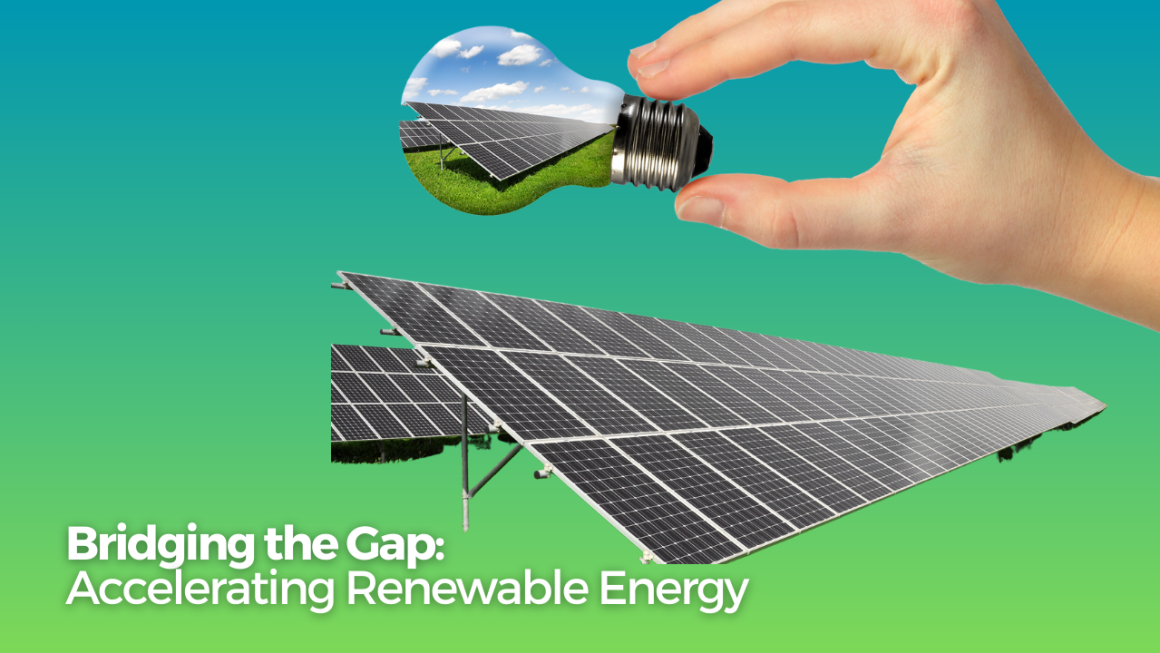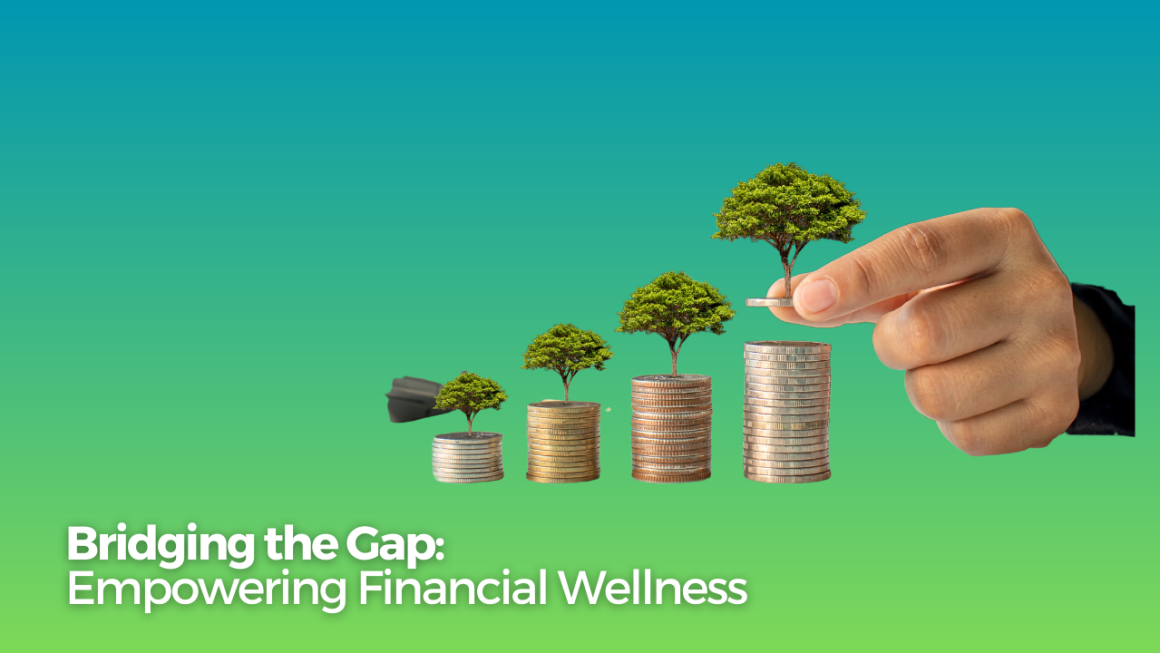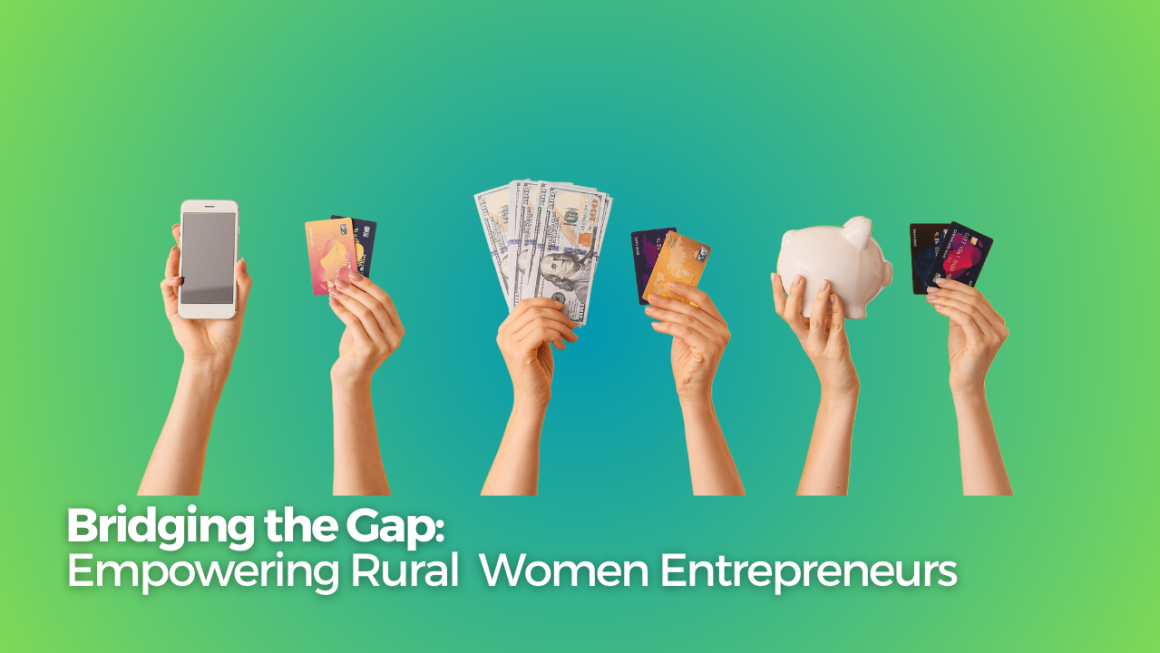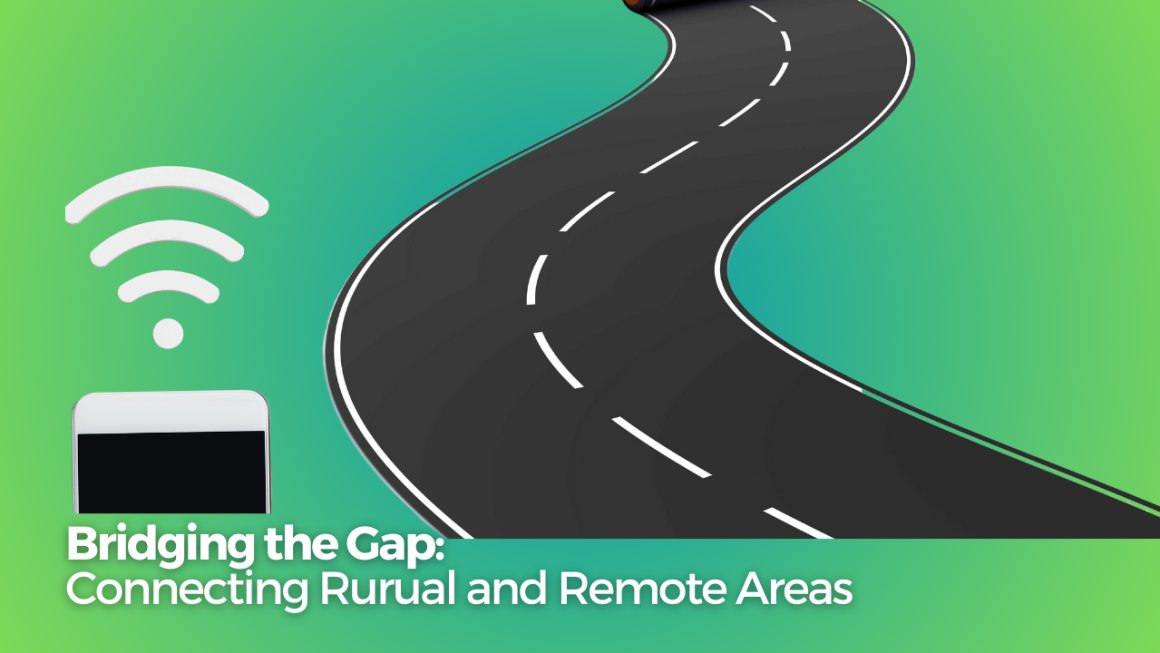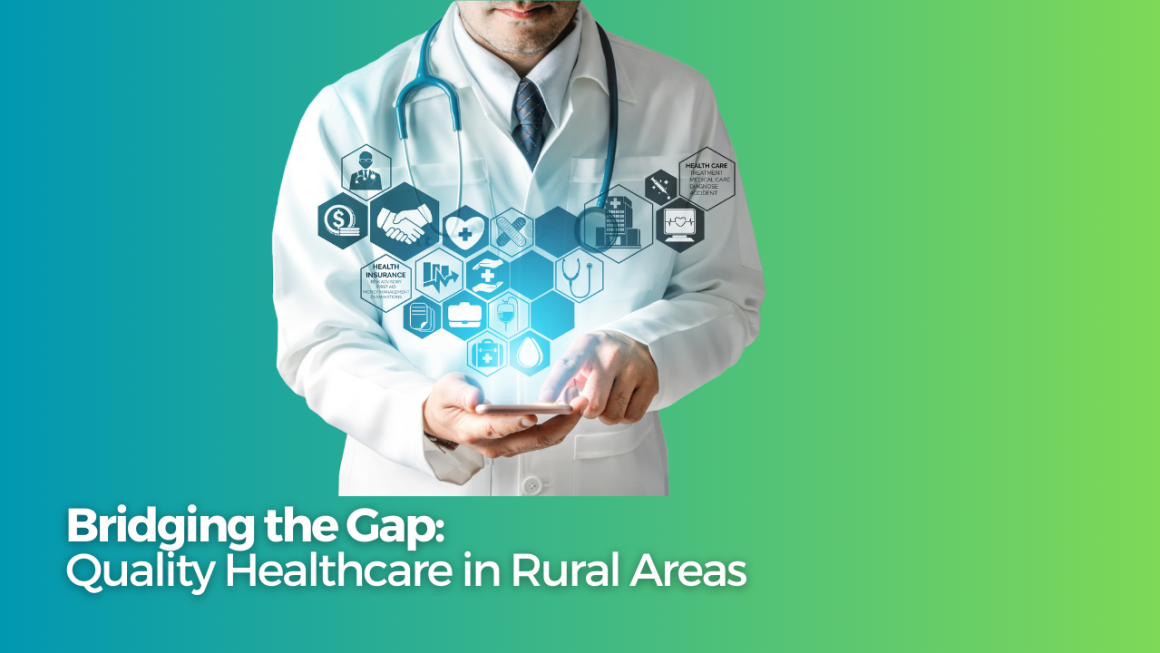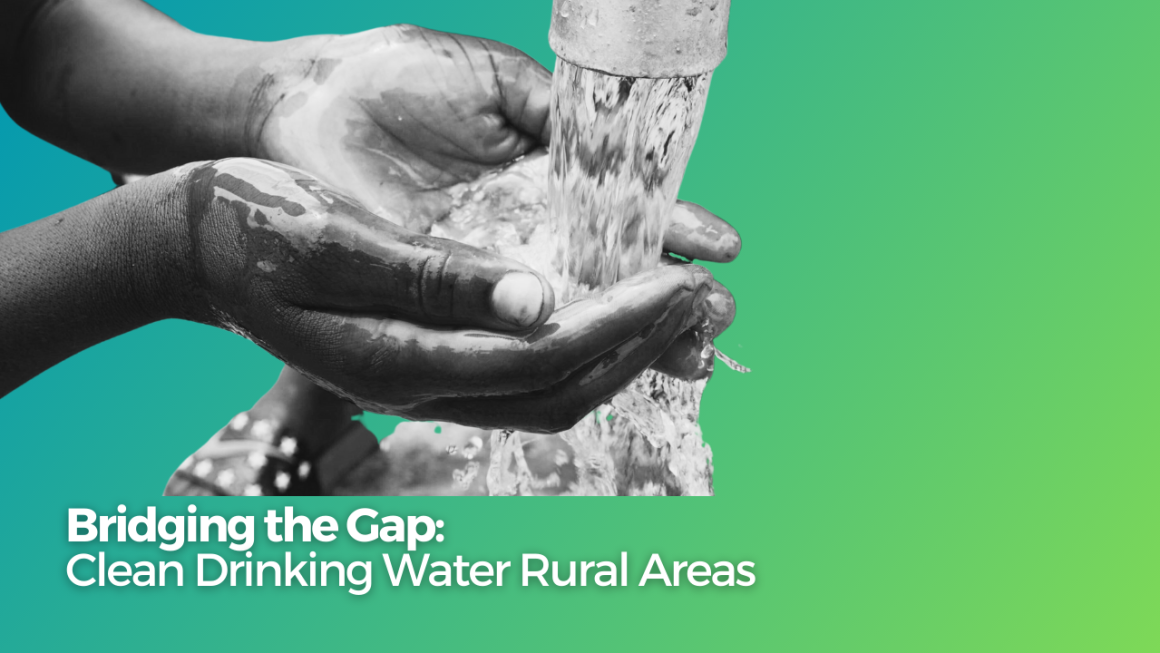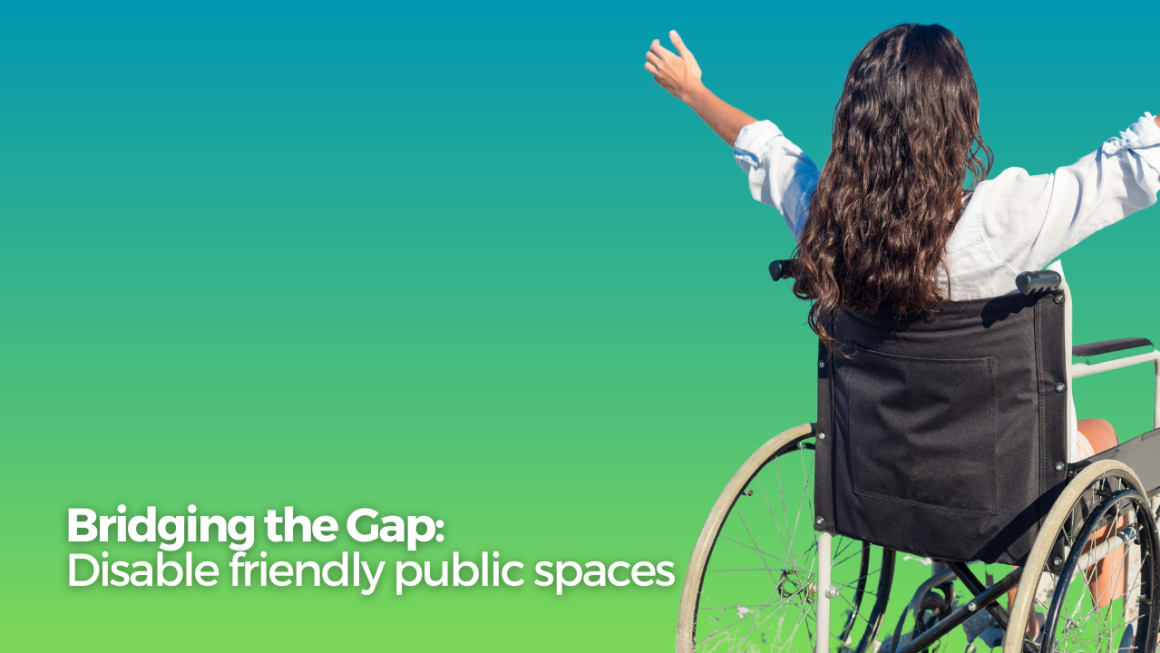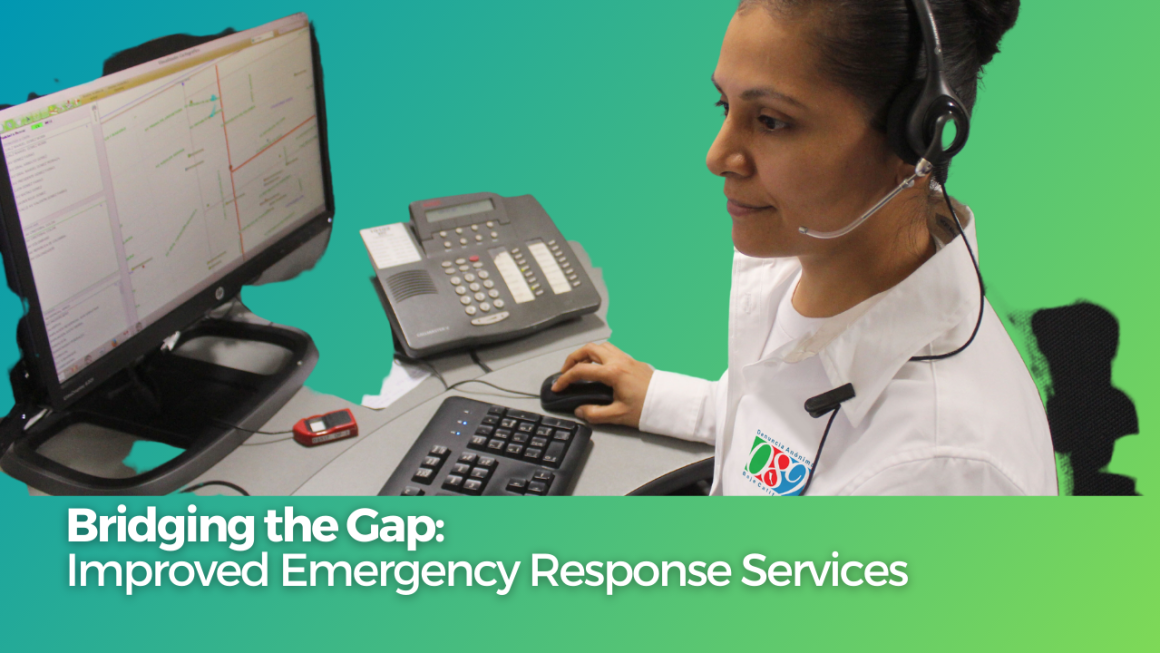The transition to renewable energy presents an opportunity to mitigate climate change, improve energy security, and create a sustainable future for generations to come. The challenge is to develop innovative solutions and strategies that overcome barriers to the widespread adoption of renewable energy sources and expedite their deployment.
How can we develop effective financial wellness programs to help individuals and families achieve their financial goals?
Enhancing Financial Wellness: Empowering Individuals and Families. This challenge seeks innovative solutions to develop effective financial wellness programs that improve financial literacy and support individuals and families in achieving their financial goals. By addressing the challenges of financial management and providing education and tools, we aim to promote responsible financial habits and overall well-being. Through this initiative, we can empower individuals to make informed decisions, reduce financial stress, and create a pathway towards a secure financial future.
How might we improve access to education and digital literacy skills in rural areas to promote economic growth and development?
Bridging the Education Divide: Empowering Rural Communities through Digital Learning. This challenge aims to improve education access and digital literacy skills in rural areas, driving economic growth and development. By addressing the barriers faced by rural communities, we can create innovative solutions that provide educational opportunities and equip individuals with essential skills. Through this initiative, we can reduce inequality, foster economic empowerment, and enable rural populations to thrive in the digital age.
How might we support and empower women entrepreneurs in rural areas to start and grow successful businesses?
Empowering Rural Women Entrepreneurs: Driving Growth and Equality. This challenge seeks innovative solutions to support and empower women entrepreneurs in rural areas, promoting economic development and gender equality. By addressing the unique challenges they face, we can create opportunities, resources, and support systems for women to thrive in their business ventures. Through this initiative, we aim to unlock their potential, foster inclusive growth, and drive positive change in rural communities.
How might we improve transportation infrastructure in rural areas to connect remote villages to larger towns and cities?
Improving Transportation Infrastructure in Rural Areas. The goal of this challenge is to identify innovative solutions that can improve transportation infrastructure in rural areas, connecting remote villages to larger towns and cities. The aim is to enhance mobility, accessibility, and connectivity for rural populations, promoting economic development and social well-being. Transportation infrastructure is crucial for the development and growth of rural areas. However, many remote villages face challenges in terms of inadequate road networks, limited public transportation options, and inefficient connectivity. This challenge presents an opportunity to explore innovative solutions that can address these barriers and create a more efficient and inclusive transportation system in rural areas.
How might we increase access to quality healthcare services in rural areas?
Increasing Access to Quality Healthcare Services in Rural Areas. The goal of this challenge is to identify innovative solutions that can improve access to quality healthcare services in rural areas. The aim is to address the healthcare disparities and ensure that individuals in rural communities have equitable access to healthcare resources and services. Many rural areas around the world face challenges in accessing quality healthcare services. Limited healthcare infrastructure, shortage of healthcare professionals, and geographic barriers hinder the availability and affordability of healthcare in these areas. This challenge presents an opportunity to develop sustainable solutions that can bridge the gap and provide quality healthcare services to rural populations.
How might we improve access to clean drinking water in rural villages?
Improving Access to Clean Drinking Water in Rural Villages. The goal of this challenge is to find innovative solutions that ensure reliable access to clean drinking water in rural villages. The aim is to address water scarcity, improve water quality, and enhance the overall well-being of communities in rural areas. Many rural villages around the world face challenges in accessing clean drinking water. Limited infrastructure, water scarcity, and poor water quality pose significant health risks and hinder the development of these communities. This challenge presents an opportunity to develop sustainable solutions that can provide clean drinking water and promote the health and prosperity of rural villages.
How might we improve the accessibility and inclusivity of public spaces, such as parks and sidewalks, for people with disabilities?
Creating Inclusive Public Spaces for People with Disabilities. This challenge seeks innovative solutions to improve the accessibility and inclusivity of public spaces for individuals with disabilities. By removing barriers and creating welcoming environments, we aim to empower people with disabilities to fully participate in community life. Through this initiative, we can enhance equal opportunities and foster a sense of belonging for all individuals in our public spaces.
How might we improve access to healthy and affordable food options in food deserts within urban areas?
Addressing Urban Food Deserts: Innovative Solutions for Healthy Food Access. This challenge aims to find creative solutions that improve access to healthy and affordable food options in urban food deserts. By fostering collaboration and innovation, we can bridge the gap in food accessibility and affordability, promoting better health outcomes and reducing food insecurity. Join us in creating sustainable solutions to ensure that all residents have convenient access to nutritious food in their communities. Together, we can make a positive impact on the well-being of urban populations.
How might we use technology to improve public safety and emergency response times in cities?
Leveraging Technology for Safer Cities: Enhancing Public Safety and Emergency Response. Join our challenge to explore innovative solutions that leverage technology to improve public safety and emergency response in cities. Together, we can optimize emergency services, enhance resource allocation, and ensure the well-being and security of urban residents. Let’s harness the power of technology to create safer and more resilient communities.

